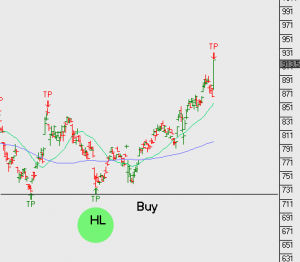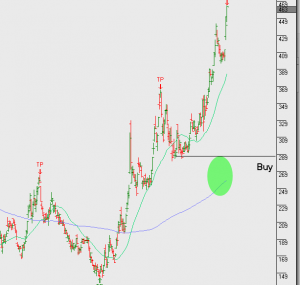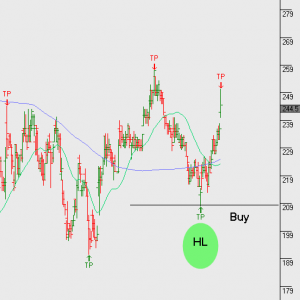At the beginning of the week, we expected yesterday’s ECB meeting to be a significant risk event for the single currency and offer trading opportunities on new policy measures or adjustments to current stimulus operations. But Mr Draghi said nothing that surprised the FX market.
He acknowledged the resilience of the financial markets in the aftermath of the UK referendum and noted that upcoming data, combined with new staff forecasts in September, would give the ECB a better view to assess the macroeconomic situation in the Eurozone. He also pointed out that the risks to growth and inflation remain tilted to the downside going forward.
As a result, the EUR/USD traded in a narrow, 70 point range throughout the LDN and NY trading sessions; one of the most passive ECB meetings in recent memory.
However, about two hours before the ECB announcement, comments from Bank of Japan (BoJ) Governor Kuroda that the upcoming stimulus package would not include “Helicopter” money hit the BBC newswire. This headline sent the USD/JPY plunging over 160 points to just under 105.50. Once the BBC clarified that these comments were from a June interview, the pair regained the 106.00 handle but came nowhere near the intra-day high of 107.40 and casts doubts on the FX impact of final BoJ package to be released next week.
These two examples illustrate the non-linear impact Central Banks currently have on increasingly skittish financial markets. On one hand there was a highly anticipated ECB announcement, with a live press conference, which produced little in terms of EUR/USD price action, and on the other hand, there was the release of month old radio interview which spun the USD/JPY into three hour trading frenzy.
Because of the non-traditional stimulus measures used by G-7 Central Banks, and the resultant negative interest rate environment, we have reached the point at which investors are buying stocks to capture yield, buying bonds for relative capital gains and trading currencies as a correlative by-product of the previous two.
With this in mind, officials at the Federal Reserve are, once again, talking about a rate rise before the end of the year. This, along with weak economies elsewhere in the developed world has resulted in the value of the USD increasing over last three months. As such, we maintain a long USD bias even though the trajectory higher may have a higher level of volatility due to equity related risk on/off correlations.


